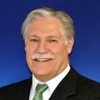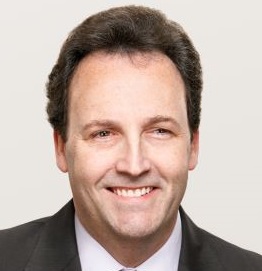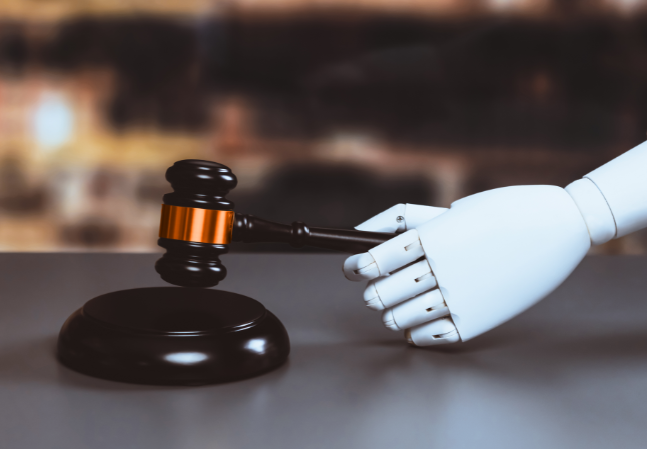Welcome! Save 30% on all CLE, CPE, and Professional Skills webinars, plus 15% off any annual pass with code HOLIDAY25
About the Course
Introduction
This CLE course will examine AIA Section 102 prior art and the AIA exceptions. We will offer best practices for identifying relevant prior art when filing or challenging patent applications and making the correct choice of law for prosecuting.
Description
What constitutes available prior art that can be used to challenge patent claim validity/patentability or reject patent claims changed significantly with the implementation of the AIA. Significantly, the AIA expanded the potential for prior art but contracted the universe of the available prior art in certain instances.
Because of the long tail of pre-AIA patents and patent applications, counsel must grasp pre-AIA rules as well as the post-AIA rules. A provisional application filed before the AIA's first possible filing effective date (Mar. 16, 2013) followed up by a non-provisional application where all claims that issue still have an effective filing date before Mar. 16, 2013, is considered a pre-AIA patent for 20 years from the nonprovisional filing date--or more if eligible for a term extension or adjustment.
Moreover, an application containing claims having (or ever having) an effective date before Mar. 16, 2013, and claims having (or ever having) an effective filing date after Mar. 15, 2013, will be subject to post-AIA Section 102 and pre-AIA Section 102(g) for all claims.
Patent counsel operating in the world of pre-AIA and post-AIA patentability requirements and prior art must understand the current state of the law and choice of law implications. This impacts prosecution, due diligence, litigation, and proceedings before the Patent Trial and Appeal Board.
Listen as our authoritative panel of patent attorneys examines AIA Section 102 prior art and the AIA exceptions in patent applications. The panel will analyze the case law to date and offer best practices for identifying relevant prior art when filing or challenging patent applications, i.e., making the correct choice of law.
Presented By

Hansen was a founding partner of Hansen Huang Technology Group, LLP which merged with Roberts Mardula & Wertheim, LLC to form The Marbury Law Group. Mr. Hansen has extensive experience in all aspects of intellectual property law, including patent preparation and prosecution; patentability, validity, and infringement opinions; sale and licensing of intellectual property; strategic patent portfolio development; and litigation. Mr. Hansen has particular patent technical expertise in computer software, electronic devices and systems, medical devices and systems, telecommunications, energy systems, and mechanical systems. He also practices in the areas of trademarks, copyrights, business start-up counseling, business contracts and mergers & acquisitions. Mr. Hansen previously practiced law with two nationwide law firms, focused on patent prosecution, litigation, client counseling, licensing, and procurement. He is also a frequent volunteer at the Mason Enterprise Center, which is the Small Business Development Center (SBDC) for Virginia’s Fairfax and Loudon Counties, in which he provides business, M&A, and legal counseling to small businesses and entrepreneurs.

Mr. Irving has 47 years of experience in the field of IP law. His practice includes due diligence, patent prosecution, reissue and reexamination, patent interferences, and counseling, including prelitigation, Orange Book listings of patents covering FDA-approved drugs, and infringement and validity analysis in the chemical fields, as well as litigation. He has served as lead counsel in many patent interferences.

Ms. Officer focuses on patent and trade secret litigation before U.S. district courts as well as on post-grant proceedings before the Patent Trial and Appeal Board (PTAB) of the U.S. Patent and Trademark Office (USPTO). Her practice encompasses a range of technologies, with an emphasis on chemicals, pharmaceuticals, and medical devices. Ms. Officer represents pharmaceutical patent holders in litigations arising under the Hatch-Waxman Act as well as parties in trade secret misappropriation actions. Her experience covers all aspects of trial preparation, including conducting offensive and defensive discovery; taking and defending fact and expert depositions; managing day-to-day litigation activities; preparing for and going to trial; and drafting post-trial briefing. Ms. Officer also counsels clients regarding quarantine and clean-room redesign procedures. She represents clients in inter partes review (IPR) and other contested proceedings before the PTAB. Ms. Officer's experience includes developing validity positions, drafting written submissions, and preparing technical expert witnesses. She has an active patent prosecution and counseling practice, preparing and prosecuting U.S. patent applications on behalf of international clients, with a focus on chemical subject matter, including pharmaceutical and veterinary drug products.

Dr. Weingarten has a diverse intellectual property practice focusing on patent litigation before U.S. district courts and the U.S. International Trade Commission (ITC), post-grant trial proceedings at the U.S. Patent and Trademark Office (USPTO), prosecution, and strategic portfolio management. He also drafts opinions on patent infringement, validity, and enforceability, and prepares intellectual property agreements, such as those relating to license and supply. In addition, he prepares and prosecutes U.S. patent applications on behalf of domestic and foreign clients.
-
This 90-minute webinar is eligible in most states for 1.5 CLE credits.
-
Live Online
On Demand
Date + Time
- event
Wednesday, August 7, 2024
- schedule
1:00 p.m. ET./10:00 a.m. PT
- Section 102 under the AIA
- Definition of prior art
- "Secret" prior art
- Effectively filed requirements
- Interplay with pre-AIA applications
- FITF USPTO examination guidelines
- Choice of law issues
- Recent AIA 102 decisions
- District court and Federal Circuit AIA 102 decisions
- Best practices for identifying and dealing with prior art
The panel will review these and other key issues:
- How did AIA expand the definition of prior art?
- What are the Section 102 exceptions and what is the impact on Section 103 art?
- How can counsel claim--or defend against--post-AIA patent applications asserting priority over pre-AIA applications?
- What practices should patent counsel employ in order to utilize prior art?
Unlimited access to premium CLE courses:
- Annual access
- Available live and on-demand
- Best for attorneys and legal professionals
Unlimited access to premium CPE courses.:
- Annual access
- Available live and on-demand
- Best for CPAs and tax professionals
Unlimited access to premium CLE, CPE, Professional Skills and Practice-Ready courses.:
- Annual access
- Available live and on-demand
- Best for legal, accounting, and tax professionals
Unlimited access to Professional Skills and Practice-Ready courses:
- Annual access
- Available on-demand
- Best for new attorneys
Related Courses

Inherency Doctrine in Patent Prosecution and Litigation
Thursday, December 18, 2025
1:00 p.m. ET./10:00 a.m. PT



